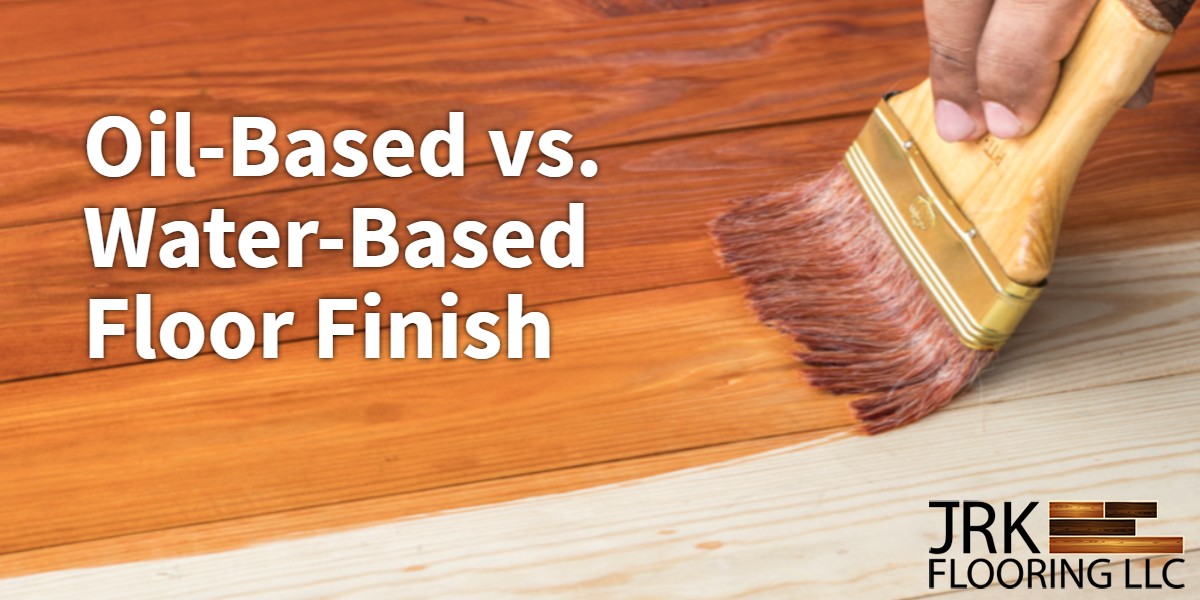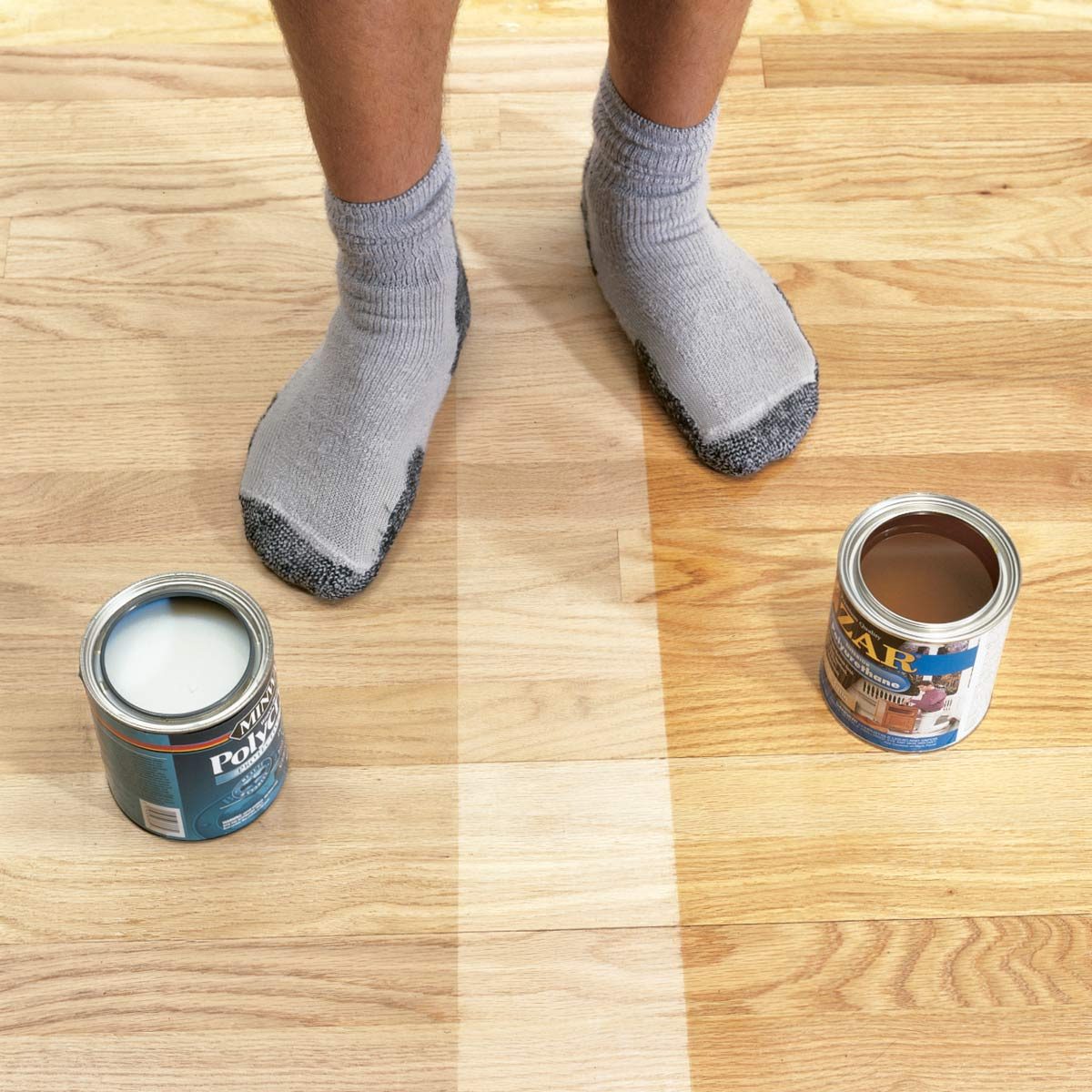Can I mix polyurethane with paint? The answer to this question opens up a world of possibilities for DIY enthusiasts and professional painters alike. Polyurethane, known for its durability and protective qualities, can enhance the performance of paint, leading to exceptional results.
Join us as we delve into the compatibility, mixing methods, application considerations, and desired outcomes of this intriguing combination.
Whether you’re looking to enhance the durability of your painted surfaces or achieve a specific aesthetic effect, understanding the nuances of mixing polyurethane with paint is crucial. This guide will provide you with the knowledge and insights you need to make informed decisions and achieve stunning results.
Material Compatibility: Can I Mix Polyurethane With Paint
Polyurethane is a versatile material that can be mixed with various types of paint. However, it is important to understand the compatibility of polyurethane with different paint bases to avoid potential issues.
For descriptions on additional topics like black horse paintings on canvas, please visit the available black horse paintings on canvas.
The following table lists the compatibility of polyurethane with various paint bases:
| Paint Base | Compatibility |
|---|---|
| Water-based | Compatible |
| Oil-based | Compatible |
| Acrylic | Compatible |
| Epoxy | Compatible |
| Urethane | Compatible |
Mixing polyurethane with incompatible paints can lead to several issues, such as:
- Poor adhesion
- Cracking
- Peeling
- Discoloration
Mixing Methods
Mixing polyurethane with paint requires careful consideration of the paint type and the desired outcome. Different paint types have varying compatibilities with polyurethane, and the mixing ratio and application methods may vary accordingly.
It’s crucial to consult the manufacturer’s instructions for both the polyurethane and the paint to ensure compatibility and determine the appropriate mixing ratio.
When investigating detailed guidance, check out blue paint colors for front door now.
Measuring and Mixing, Can i mix polyurethane with paint
- Measure the polyurethane and paint components accurately using a graduated container or measuring cups.
- Stir the polyurethane component thoroughly before mixing it with the paint.
- Gradually add the polyurethane to the paint while stirring constantly to avoid lumps or streaks.
Mixing Ratios
The mixing ratio of polyurethane to paint depends on the desired effect. For a light glaze, a ratio of 1:4 (polyurethane:paint) may be suitable. For a thicker coating, a ratio of 1:2 or 1:1 may be necessary.
Application Methods
The application method for polyurethane-paint mixtures depends on the consistency of the mixture and the desired finish. For thin mixtures, a brush or roller may be suitable. For thicker mixtures, a trowel or squeegee may be necessary.
Application Considerations
Applying a polyurethane and paint mixture requires careful consideration of several factors to ensure optimal performance and longevity. These factors include environmental conditions, surface preparation, and paint thickness.
Find out further about the benefits of advanced diamond painting kits that can provide significant benefits.
Environmental conditions such as temperature, humidity, and ventilation can significantly affect the drying time, adhesion, and overall quality of the applied mixture. It is crucial to follow the manufacturer’s recommendations for ideal application conditions and allow sufficient drying time before subjecting the surface to use.
Surface Preparation
Proper surface preparation is essential for ensuring good adhesion between the polyurethane and paint mixture and the underlying substrate. This typically involves cleaning the surface to remove dirt, dust, grease, or other contaminants that may interfere with bonding. Sanding or roughening the surface can also improve adhesion by increasing the surface area for the mixture to adhere to.
Paint Thickness
The thickness of the applied paint mixture can impact its durability, flexibility, and resistance to wear and tear. Thinner coats may dry faster and provide a more flexible finish, while thicker coats may offer increased protection but may take longer to dry and may be more prone to cracking or peeling.
It is generally recommended to apply multiple thin coats rather than one thick coat to achieve the desired results.
| Parameter | Recommended Range |
|---|---|
| Temperature | 65-85°F (18-29°C) |
| Humidity | 40-60% |
| Ventilation | Good cross-ventilation |
| Surface Preparation | Clean, dry, and sanded |
| Paint Thickness | 2-3 thin coats |
Desired Outcomes
Mixing polyurethane with paint offers several advantages, including enhanced durability, resistance, and appearance.
The addition of polyurethane to paint creates a tougher and more durable finish. This makes it ideal for surfaces that experience heavy wear and tear, such as floors, furniture, and exterior surfaces. Polyurethane also provides excellent resistance to chemicals, abrasion, and moisture, making it a suitable choice for industrial and marine applications.
Enhanced Appearance
Mixing polyurethane with paint can improve the overall appearance of the finish. Polyurethane adds a glossy, smooth finish that enhances the color and depth of the paint. It also helps to prevent fading and yellowing over time, ensuring a long-lasting, attractive finish.
Safety Precautions
Working with polyurethane and paint requires adherence to specific safety measures to minimize potential hazards. Polyurethane, when mixed with paint, releases fumes that can be harmful if inhaled or come into contact with the skin.
Adequate ventilation is crucial to disperse these fumes. Ensure the work area is well-ventilated, either naturally or through mechanical means. Open windows, doors, or use fans to create airflow. Avoid working in enclosed or poorly ventilated spaces.
Examine how boston terrier diamond painting can boost performance in your area.
Protective Equipment
Appropriate protective equipment is essential to safeguard against potential hazards.
- Respirator:Use a NIOSH-approved respirator with organic vapor cartridges to filter out harmful fumes.
- Gloves:Wear nitrile or neoprene gloves to protect hands from skin irritation and chemical absorption.
- Eye protection:Wear safety glasses or goggles to prevent eye contact with fumes or splashes.
- Coveralls:Wear disposable coveralls to minimize skin exposure to chemicals.
- Foot protection:Wear closed-toe shoes or boots to protect feet from spills.
It’s essential to follow these safety precautions to ensure a safe working environment when mixing polyurethane with paint.
Closing Notes
Mixing polyurethane with paint offers a versatile approach to achieving desired outcomes, from enhanced durability to unique visual effects. By understanding the compatibility, mixing methods, and application considerations Artikeld in this guide, you can harness the power of this combination to elevate your painting projects.
Remember to prioritize safety precautions and consult with experts when necessary to ensure successful and satisfactory results.
Q&A
Is it safe to mix polyurethane with any type of paint?
No, polyurethane is only compatible with certain types of paint. It is generally safe to mix with oil-based and water-based polyurethane, but not with latex paint.
What are the benefits of mixing polyurethane with paint?
Mixing polyurethane with paint can enhance durability, resistance to wear and tear, and provide a glossy finish. It can also improve the paint’s adhesion and water resistance.
How do I mix polyurethane with paint?
The mixing ratio and method vary depending on the type of paint and polyurethane used. It’s important to follow the manufacturer’s instructions carefully.
Can I use polyurethane as a topcoat over paint?
Yes, polyurethane can be applied as a topcoat over paint to provide additional protection and enhance the finish.




